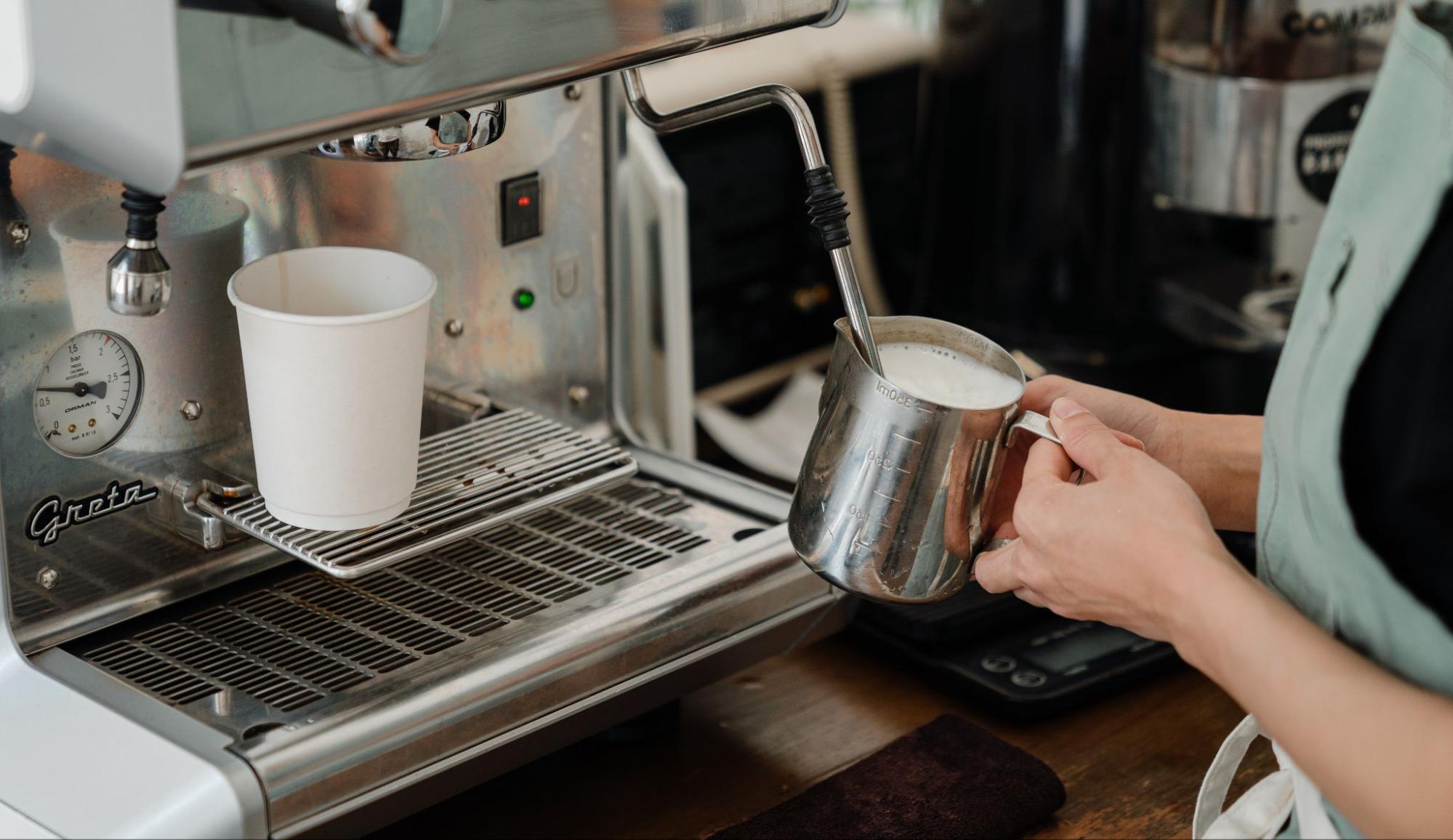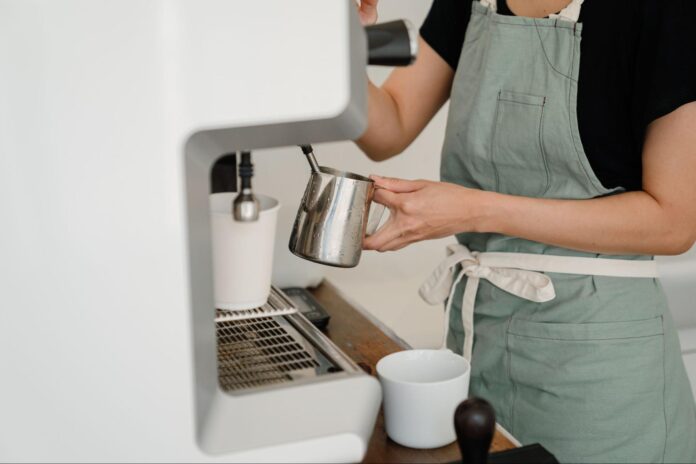How Many 1/3 Cups Does it Take to Make 1 Cup
Have you ever found yourself in the kitchen, face to face with a recipe that calls for 1 cup of an ingredient, but all you’ve got is a 1/3 cup measuring spoon? You’re not alone. It’s a common scenario that can leave many home cooks scratching their heads. So, how many 1/3 cups does it take to make 1 cup exactly?
We’ll dive into the math behind it, making this seemingly complex question as simple as pie. Spoiler alert: it’s not a clean, whole number – and that’s okay! In cooking (and baking especially), precision is key. Understanding fractions and how they relate to each other can be incredibly helpful in these culinary conundrums.
So let’s roll up our sleeves and get down to business – by the end of this article, you’ll have no problem converting thirds into whole cups. Whether you’re whipping up your favorite dessert or trying out a new savory dish, knowing this conversion will undoubtedly come in handy.

Understanding Fractions: The Basics
Let’s dive into the world of fractions. They’re not as intimidating as they may seem. In fact, you’ve likely been using them without even realizing it. Ever split a pizza with friends? That’s fractions in action.
If you’re looking to figure out “How Many 1/3 Cups Does it Take to Make 1 Cup – The Math Behind It”, first we need to get comfortable with understanding what exactly a fraction is. At its core, a fraction represents a part of a whole. If I have one whole pie and decide to divide it into three equal parts, each part would represent 1/3 of that pie.
To understand how many thirds are in one whole (or cup), think about the name ‘third’. It suggests there are three parts that make up one whole thing (or cup). So logically, if you put three thirds together, you’ll get one whole thing or in our case – one full cup!
In terms of math:
- One Whole = 1
- One Third = 1/3
| Fraction | Equivalent |
| One Whole | 1 |
| One Third | 1/3 |
So when we ask “How Many 1/3 Cups Does it Take to Make 1 Cup?”, the simple answer would be: Three! But how did we arrive at this? By understanding the basics of fractions and realizing that ‘thirds’ means dividing something into three equal parts.
Remember, when dealing with fractions:
- The top number (numerator) represents how many portions we have
- The bottom number (denominator) tells us how many portions make up the entire item
With this foundation about fractions laid down, I promise that working out problems like “How Many 1/3 Cups Does it Take to Make 1 Cup?” will be a piece of cake. Or should I say, a third of a cake! Let’s dive right into the heart of kitchen math – measurements. It’s an everyday puzzle we solve without giving it much thought, but let’s dissect one common scenario: “How many 1/3 cups does it take to make 1 cup?”
To answer this, we need a simple grasp of fractions and their role in measurement units. In the world of cooking and baking, precision matters, making understanding these measurements crucial. A cup is a standard unit of volume used primarily in cooking to measure liquids and bulk foods.
Here’s how the math works:
- 1 Cup = 3 x (1/3 Cup)
That’s right! It takes three 1/3 cup measures to fill up a standard-sized cup. This is because when you add three-thirds together (or any number divided by itself), you get a whole or in this case, one complete cup.
While for most folks who’ve made peace with fractions at school find it intuitive, for others it might be revelation. Here are some more comparisons that could come handy:
| Comparison | Equivalent |
| 2 x (1/2 Cup) | Equals 1 Cup |
| 4 x (1/4 Cup) | Equals 1 Cup |
| 12 x (1/12 Cup) | Equals 1 Cup |
Baking often calls for precise measurements; knowing these equivalents can save time and prevent mishaps in your recipes.
Now that we’ve cracked “how many 1/3 cups does it take to make one cup”, remember that this logic holds true beyond just cups. Whether you’re working with teaspoons, tablespoons or any other unit of measure – if you divide something into thirds, three will always combine back into a whole.


